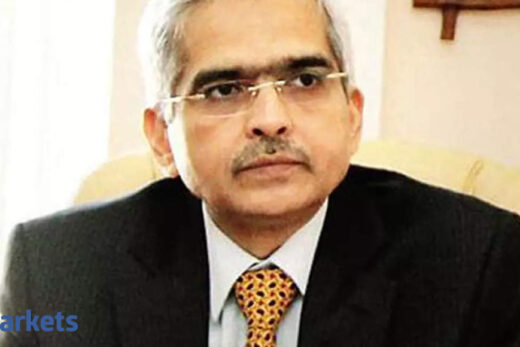Interestingly, the cash in circulation at present is approximately Rs 27.7 lakh crore. This indicates that over the past four and a half years, approximately Rs 24 lakh crore of net cash has been pumped into circulation and likely withdrawn through the banking channels.
In any case, net addition to currency in circulation is Rs 10 lakh crore during this period. Of course, the economy has also grown over this period.
Post demonetisation and post-Covid, digitization has been reshaping the economy and the way people pay. While this has caused a shift in payment habits of people, cash still seems to be a popular mode of payment. This increased currency usage has happened despite the concentrated push by the government towards electronic payments – almost all forms of digital payments are free of charge; despite the brilliant technological platform of UPI built by NPCI; and despite India having 56 crore Internet subscribers (second largest in the world), 53 crore WhatsApp users, 45 crore YouTube users, 41 crore Facebook users, 21 crore Instagram users and 1.75 crore Twitter users.
To further boost a less-cash economy, there is a new global discourse to make the currency digital. A recent survey showed around 80% of the central banks around the world are engaged in the preliminary work on digital currency. In the wake of the rapid growth of the digital economy, digitisation of the currency as a basic infrastructure and core variable of modern finance is being accepted globally. In fact, with the integration of the modern digital technologies such as the Internet, artificial intelligence and blockchain — among others — the concept of money itself is becoming increasingly vague, showing a tendency of redefinition. The Reserve Bank of India (RBI) would also surely be evaluating this.
Central banks of different countries are working on different solutions – there are different ways a currency in digital form can be issued. Broadly, there are three categories of digital currencies that can have potential impact on the international monetary and financial system: the first is an encrypted digital currency like the Bitcoin and Ethereum, the second is private coins such as Libra and, finally, the third kind, which are directly issued by the central banks.
The most authentic digital currency under discussion at present is the central bank digital currency (CBDC). The concept and design of a CBDC is being investigated by many central banks for a few years now. Although different central banks are working on different concepts of CBDC depending on their country-specific requirements and utilisation, these will eventually converge at some point of time.
One of the methods of CBDC assumes that the central bank could issue a digital currency parallel to the country’s existing currency. One can keep this currency either in a distributed ledger of the central bank or in a wallet as token. This may converge with the normal currency over time. At present, CBDC is still at the R&D stage in various countries and at pilot stage in China.
While there are still many issues about CBDC to be studied and probed, some of its obvious benefits are the following:
- It can improve competitiveness, efficiency, and resilience of payment systems in the face of increasingly concentrated levels of payments in the hands of some of Internet giants.
- It can help advance financial digitisation and inclusive finance. This will further help reduce the cash in circulation in the system.
- It can greatly reduce the issuance and transaction costs of the monetary base/ currency in circulation, such as printing, transportation, storage, and maintenance.
- It can rack the full cycle of movement of currency and can record data which will improve the accuracy of the currency issuance and prevent, and control financial risks caused by shadow banking.
- It can also use existing digital marketing channels to achieve universal distribution and to provide a complete ecosystem for digital-technology-based economic and financial activities.
- It can facilitate a completely contactless economy.
- It can help realise a closer integration of monetary and fiscal policy, to achieve a more efficient macro-policy regulatory system and in the long term may enrich and improve monetary policy.
While there are a lot of benefits of CBDC, several challenges and risks cannot be ignored. Given the anonymity and untraceability of cash today, it would be a challenge to make CBDC completely acceptable. Further, there are two potential risks that one foresees – firstly, the risk of a wide scale run on bank savings by CBDC as the central bank’s credit rating would be a notch above that of commercial banks, thereby causing a disruption to commercial banks if there is any distrust. Secondly, if there is any interest payment on CBDC, it is likely that it will impact the existing monetary policy instruments.
To overcome the potential risks, there are safeguards which could be considered such as lower interest rate of CBDC which should be linked to the bank rates. CBDC and bank deposits can be managed as two distinct systems, and can be not automatically fungible, so that there is no guaranteed convertibility of bank deposits into CBDC on demand.
Given the headstart India has on digital payments compared with many other nations, we must ensure that we retain the edge on digital currency as well. It is surely time for our central bank to explore and initiate the discourse on a central bank digital currency.



